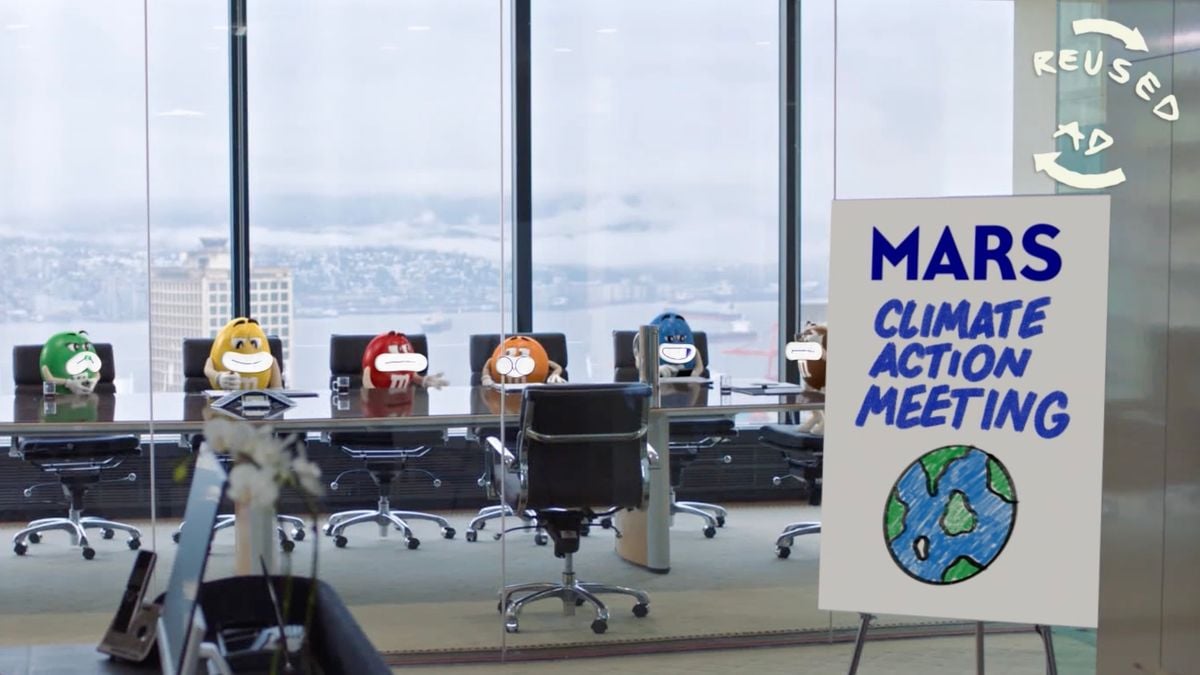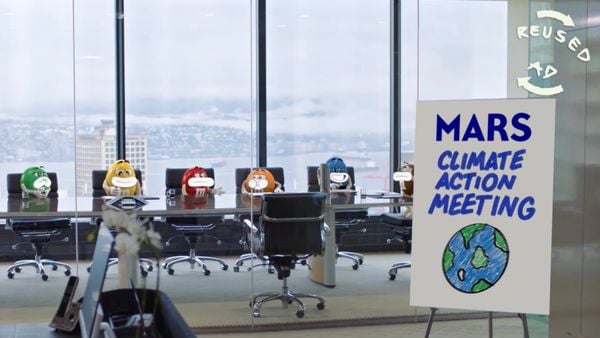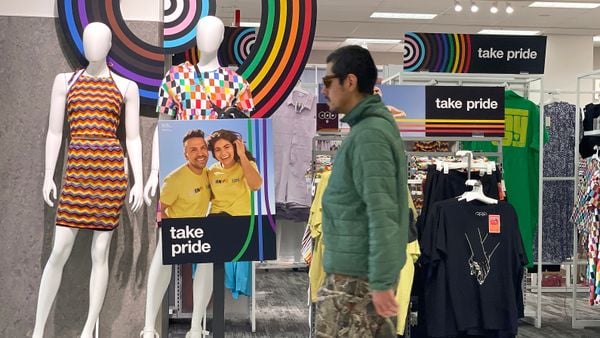Connected TV (CTV) is among the advertising channels that have seen adoption accelerate due to the pandemic, attention that is likely to continue as the health crisis drags on and behaviors become permanent. While scale was once an issue, that's no longer the case: By next year, there will be more than 213 million CTV viewers in the U.S. streaming over a billion hours of video content every week, eMarketer forecasts.
In addition to enabling marketers to reach consumers where they're increasingly spending their time, CTV also blends high quality, long-form television environments with the precision targeting capabilities of digital. Enhanced data opportunities could even help marketers compensate for the loss of third-party cookies and other internet identifiers. Yet, issues around fragmentation and measurement remain particularly difficult to solve and without a solution, CTV won't be able to fully deliver on its promises, according to several industry executives at Advertising Week.
"Currencies that have been used historically with linear have many gaps when it comes to connected TV," Kristen Williams, senior vice president of strategic partnerships at Magnite, said during an Advertising Week panel. "There are many devices that either aren't measurable or devices that might be measurable in some cases aren't depending on the activation path. This creates so much fragmentation and a complex landscape for buyers to navigate."
Creative opportunities
People in the industry know issues like fragmentation and measurement will have to be addressed for the channel to grow, explained Allison Clarke, head of client development at Vizio. Fixing those issues could lead to even more innovation.
"I think we're going to see a lot more interactivity capabilities, shoppable content and some really unique ad units continuing to come into play in the marketplace," Clarke said during a panel.
For years, the effectiveness of rich media and interactive ad formats on CTV has made the channel attractive to marketers. But there is still work to do for wider adoption of those formats, executives from digital ad platform LoopMe explained in an interview with Marketing Dive.
"I think the reality is that it hasn't been a scaled enough platform for a lot of that," said Rob Cukierman, general manager of measurement, CTV and product partnerships at LoopMe. Still, those interactive components are likely to be a huge part of CTV due to channel investment from tech players like Google and Amazon and consumer interest.
"The comfort level of consumers is going to grow, and then that's going to allow these ad experiences to be even better. But they're not going to be scalable, unless there's adoption in the market," added LoopMe's Vice President of Marketing Rachel Conforti.
"I think we're going to see a lot more interactivity capabilities, shoppable content and some really unique ad units continuing to come into play in the marketplace."

Allison Clarke
Head of client development, Vizio
The ability to make more interactive ad units that bridge linear and digital capabilities is one opportunity for marketers adopting CTV. Brands can also use CTV as a storytelling environment to connect and align with target audiences, while using multiple versions of creative or telling a sequential story to avoid user fatigue, Williams said.
"I think the depth of the data that we can provide when looking at specific creatives gives [marketers] the opportunity to really see what's working for them, and in what places," Clarke added about Vizio's capabilities. "Being able to align them to the right audiences that we know are linked in to a specific genre or programming really allows them to tailor creatives specifically to audiences."
But even with the data-driven capabilities of CTV, marketers must still keep sound advertising fundamentals in mind.
"From the consumer's perspective, CTV is TV. So although in some cases consumers may be expecting a lighter ad load in streaming environments, they're still expecting that same high quality, creative and engaging experience with your brand that they would receive in a linear environment," she said.
Measurement challenges
Marketers are using CTV for broad reach, precision targeting and performance, while taking advantage of the channel's flexibility to optimize mid-campaign and change how budgets are being spent in real-time to meet incrementality goals, Williams maintained. But while measurement in video is still built on audience and demographic exposure data, the industry ought to have measurement that is better aligned on buy- and sell-sides, Joe Cady, senior vice president of digital and advanced advertising strategy and development at NBCU, said during the panel.
"We should have a much bigger toolkit to work with," he said. "As we improve that measurement together as an industry, then I think it allows advertisers to do many more interesting things in terms of how they design their campaign objectives and and how they're executing them."
The fragmented nature of CTV that splits audiences across devices, platforms and services has made it difficult for advertisers to plan campaigns. While YouTube, Roku and Samsung have reach and frequency tools, each is specific to one inventory, making it difficult to gauge and de-duplicate audiences, LoopMe's executives said.
"Traditionally, you had an agency's reach and frequency tool that was powered by Nielsen that could look at all of the different sort of places where video reached," Cukierman said. "[Advertisers are now] reliant on the vendor's technology to be able to say, 'who am I reaching and how does that interact with who else I'm reaching elsewhere?'"
The fragmentation of CTV is here to stay, as major players including Apple, Amazon and YouTube are unlikely to share data, making it difficult for advertisers to decide how to invest and measure outcomes, Conforti told Marketing Dive.
"They're all going to have a slice of the pie, and it's going to be a place that marketers are going to place their dollars, but unless they have a standard measurement tool across all of those platforms, there's really no way for them to tell what's duplicative," she said.
"First party data is only valuable if you understand the data that you have."

Kristen Williams
Senior vice president of strategic partnerships, Magnite
A third-party view across the entire CTV landscape, in addition to other marketing channels, will be increasingly important as advertisers — especially CPG marketers, who traditionally don't have first-party data — lose access to identifiers like third-party cookies. Such third-party tools will only make CTV a stronger ad channel.
"We're seeing a lot of interest in that data-driven aspect, whether that be advertisers bringing on their CRM data or other unique first party audiences," Magnite's Williams said. "The use of audiences is really helping reduce advertising budget waste, and ensure they're reaching who they're intending."
The continued loss of identifiers and additional privacy regulations will likely make the ad ecosystem more complicated and fragmented, but first-party data still has its limits, Williams explained.
"First party data is only valuable if you understand the data that you have, and that you have strategies and technology partners that can help you capitalize on that data," she said.
The focus on measurement and data can make mastering CTV seem like a tech challenge, but once again, the fundamentals of marketing still apply.
"The takeaway is to remember that we're not communicating to devices — we're communicating to people and audiences," NBCU's Cady said. "All of these devices and tools allow us to do that in more targeted and more precise ways, but it's important to remember that at the end of the day, the audiences are what really matters."





















